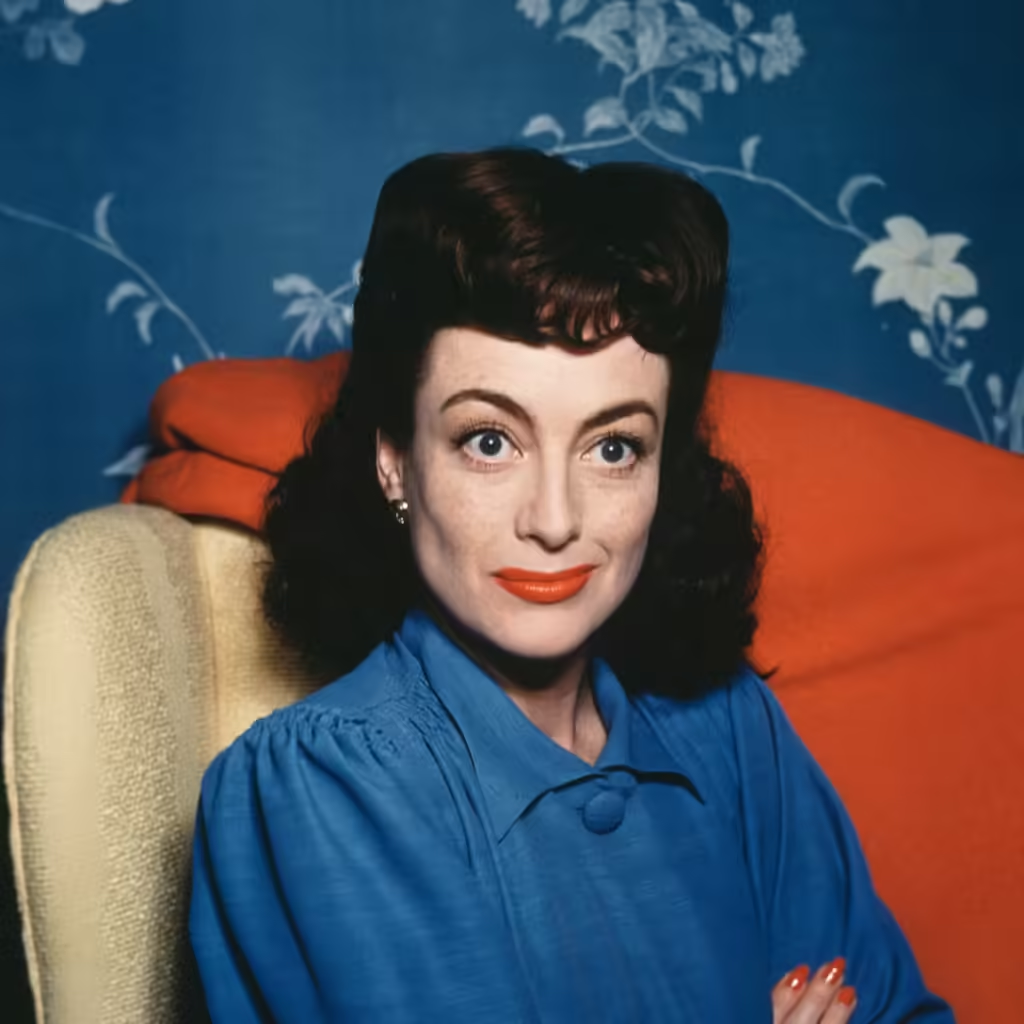
Table of Contents
Who Was Joan Crawford?
Joan Crawford, an iconic figure in Hollywood history, began her career in dance at a young age and went on to become one of the most celebrated actresses of her time. Rising to prominence in the 1930s, Crawford received an Academy Award for her lead performance in the 1945 film Mildred Pierce. She later gained notoriety for her role in the horror classic Whatever Happened to Baby Jane? and became the subject of the controversial memoir Mommie Dearest. Crawford passed away on May 10, 1977, in New York City, leaving behind a complex and influential legacy.
Early Life
Born Lucille Fay LeSueur in San Antonio, Texas, on March 23, 1905 (though some sources cite 1904), Crawford faced a challenging upbringing. Her parents separated before her birth, and her mother later married theater owner Harry Cassin. Throughout her childhood, Crawford was known as Billie Cassin. Following her mother’s divorce from Cassin, Crawford attended two private schools, where she worked to cover tuition costs. She experienced harsh treatment, including corporal punishment, and struggled academically, leading to a falsified scholastic record.
Big Break in Our Dancing Daughters
Crawford left Stephens College to pursue her passion for dance, performing in the Broadway show Innocent Eyes. In 1925, she began her film career with MGM, starring in several silent films. Her stage name, “Joan Crawford,” was derived from a magazine contest held by the studio. Her breakout role came in the 1928 film Our Dancing Daughters, where she portrayed a wealthy, lovesick young woman. This success paved the way for a prolific career, with Crawford appearing in over sixty films. She showcased her singing and dancing talents alongside notable co-stars, including Fred Astaire in Dancing Lady (1933) and Clark Gable in films like Possessed (1931) and Strange Cargo (1940).
Oscar for Mildred Pierce
During the 1930s, Crawford emerged as a top-earning star. However, as the decade progressed, her films began to see diminishing returns. A resurgence came with A Woman’s Face (1941), leading to her departure from MGM to Warner Brothers. In 1945, she starred in Mildred Pierce, a film about a mother’s rise to success in the restaurant industry, which earned multiple Academy Award nominations. Crawford won the Oscar for Best Actress for her performance.
Over the years, Crawford received two additional Oscar nominations, one for her portrayal of a schizophrenic nurse in Possessed (1947) and another for her role as a playwright in Sudden Fear (1952), a film she also produced. Known for her unwavering dedication to her craft, Crawford adeptly transitioned through various genres, continually expanding her fan base.
Comeback in Whatever Happened to Baby Jane?
Despite a lull in her career by the late 1950s, Crawford made a remarkable comeback with the 1962 horror film Whatever Happened to Baby Jane?, co-starring Bette Davis. Following this success, she continued to appear in thrillers and television shows. In 1971, she published her memoir, My Way of Life, offering insights into her personal and professional experiences.
Death
Crawford’s life came to an end on May 10, 1977, due to a heart attack in New York City. Her multifaceted film legacy has been the subject of extensive analysis and continues to inspire new generations of filmmakers and actors.
Personal Life
Crawford was married four times, including to actors such as Douglas Fairbanks Jr. Her final marriage was to Alfred Steele, the chairman of Pepsi-Cola, in 1956. After Steele’s death in 1959, Crawford became the first woman to join Pepsi’s board of directors and served as a company spokesperson. Throughout her life, she adopted four children.
Mommie Dearest
In 1978, Crawford’s daughter Christina published the memoir Mommie Dearest, detailing her experiences with her mother’s erratic and abusive behavior during childhood. This memoir was later adapted into a 1981 film, featuring Faye Dunaway in the role of Joan Crawford, further cementing her complex legacy in popular culture.
